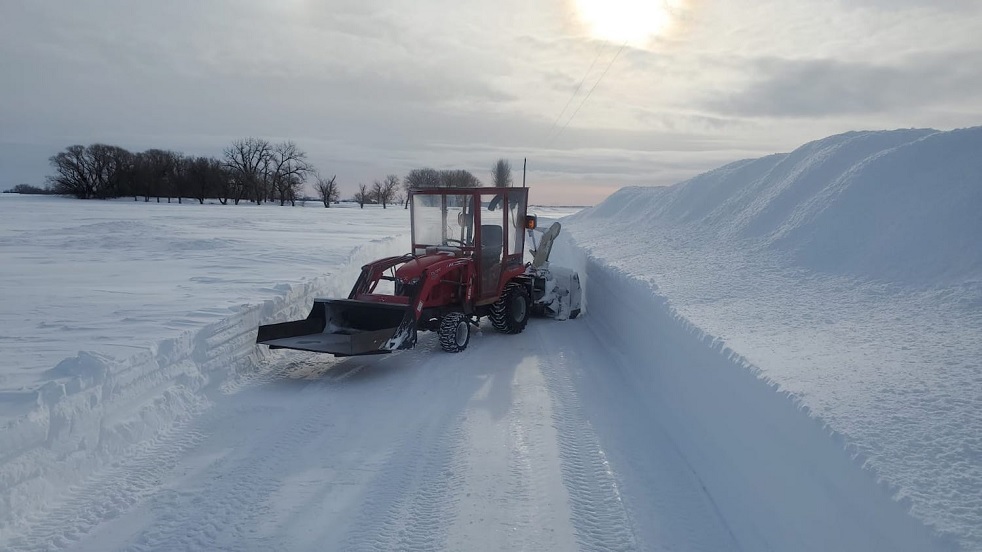The U.S. National Weather Service, out of Grand Forks, has released its latest flood outlook after this week’s Spring snowstorm dropped significant precipitation throughout the Red River Basin.
According to the report released Thursday, flood risk is above long-term historical averages across the mainstream Red River and southeastern North Dakota, with a top 10 flood event possible for some locations. There’s slightly greater than normal risk for Minnesota tributaries, with lower than normal risk for northeast North Dakota tributaries.
Significant overland flooding is also possible, in addition to river flooding this Spring.
The Red River at Pembina is still forecast to be at risk of reaching Major flood stage, with the report indicating flood preparations for that community be for river heights between 49.6 and 50.9 feet, with little to no precipitation before the snowmelt crest. In Grand Forks, flood risk is forecast between high end Moderate, and low-end Major, with river heights projected between 44.4 and 46.5 feet. Meanwhile, under the same little precipitation scenario, the Pembina River at Neche remains projected to stay below flood stage, as is the Roseau River at Roseau, MN.
The Spring melt will begin in earnest by late next week, with warmer temperatures expected through Easter weekend and much of next week. The warmer conditions will ripen the snowpack and allow the melt process to begin. As temperatures continue to warm toward the middle of the month, the melt process will become more rapid.
The report stated dry and quiet weather conditions are expected through this weekend and into early next week. By late next week and into next weekend (April 14th to 16th), precipitation chances return to the North Dakota side of the basin, but it’s too early to say with certainty how much, where and what impact it could have on snowmelt and flooding.
The Manitoba Hydrologic Forecast Centre indicated earlier this week it will be releasing updated projections for the Red River, and other basins in the province, in the coming days that will take into account the impact of the Colorado low which brought 10 to 20+cms of snow across much of the Red River Valley and Southeastern Manitoba.

















